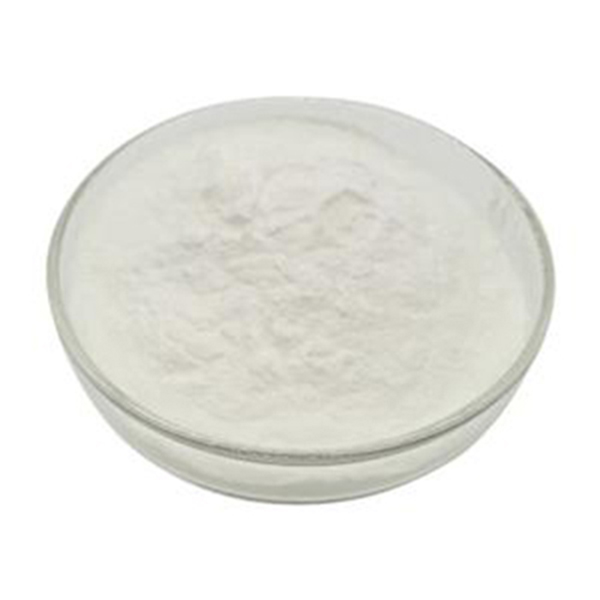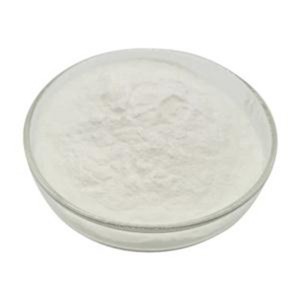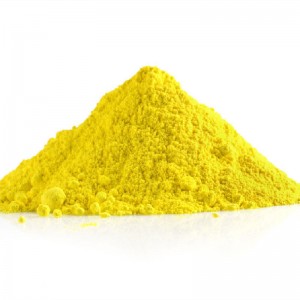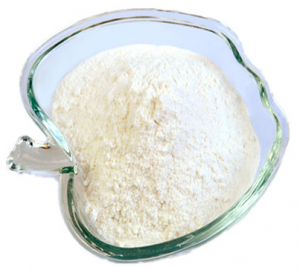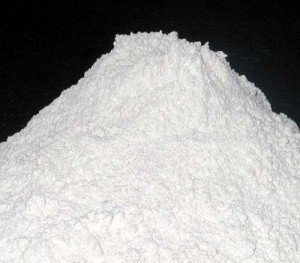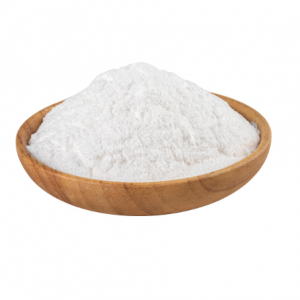| Basic Information | |
| Product name | Cephalexin |
| Grade | Pharmaceutical Grade |
| Appearance | white powder |
| Assay | 99% |
| Shelf life | 2 Years |
| Packing | 25kg/drum |
| Condition | Keep in dark place,Inert atmosphere,2-8°C |
Description
Cephalexin is a cephalosporin antibiotic that is used to examine the impact of binding, expression, and inhibition of PBP3 as well as additional penicillin-binding proteins (PBPs) on the cell wall during bacterial mucopeptide synthesis. Cephalexin is used for the treatment of infection-causing bacteria that may induce ear, respiratory, urinary tract, and skin infections. Bacteria that are defenseless against Cephalexin may include Streptococcus pneumonia, Staphylococcus aureus, E. coli, and Haemophilus influenza. Cephalexin is also referred to as Keflex (brand name), and it does not relieve viral infections such as flu or colds.
Mechanism of Action
The mechanism of action of Cephalexin resembles that of penicillin where it inhibits synthesis of the bacterial cell wall, its absence influences death as a result of bacterial lysis. Cell lysis is further mediated by autolytic enzymes particular to the bacterial cell wall, which includes autolysis. Research indicates that there is a probability that Cephalexin impedes the functionality of an autolysin inhibitor.
Using of Product
Cephalexin is administered to minimize the development of bacteria that are resistant to drugs. To maintain the overall effectiveness of Cephalexin, the drug should be prescribed as a treatment for infections that can be attributed to bacteria. The availability of susceptibility and culture information should be put into consideration while making modifications to antibacterial therapy. The absence of such information may be backed by susceptibility and epidemiology patterns to influence verifiable adoption of treatment.
In some cases, Cephalexin is used for the treatment of patients who are allergic to penicillin and may have a heart condition at the time when they are undergoing a procedure on their respiratory tract, to inhibit the development of infection on their heart valves.

